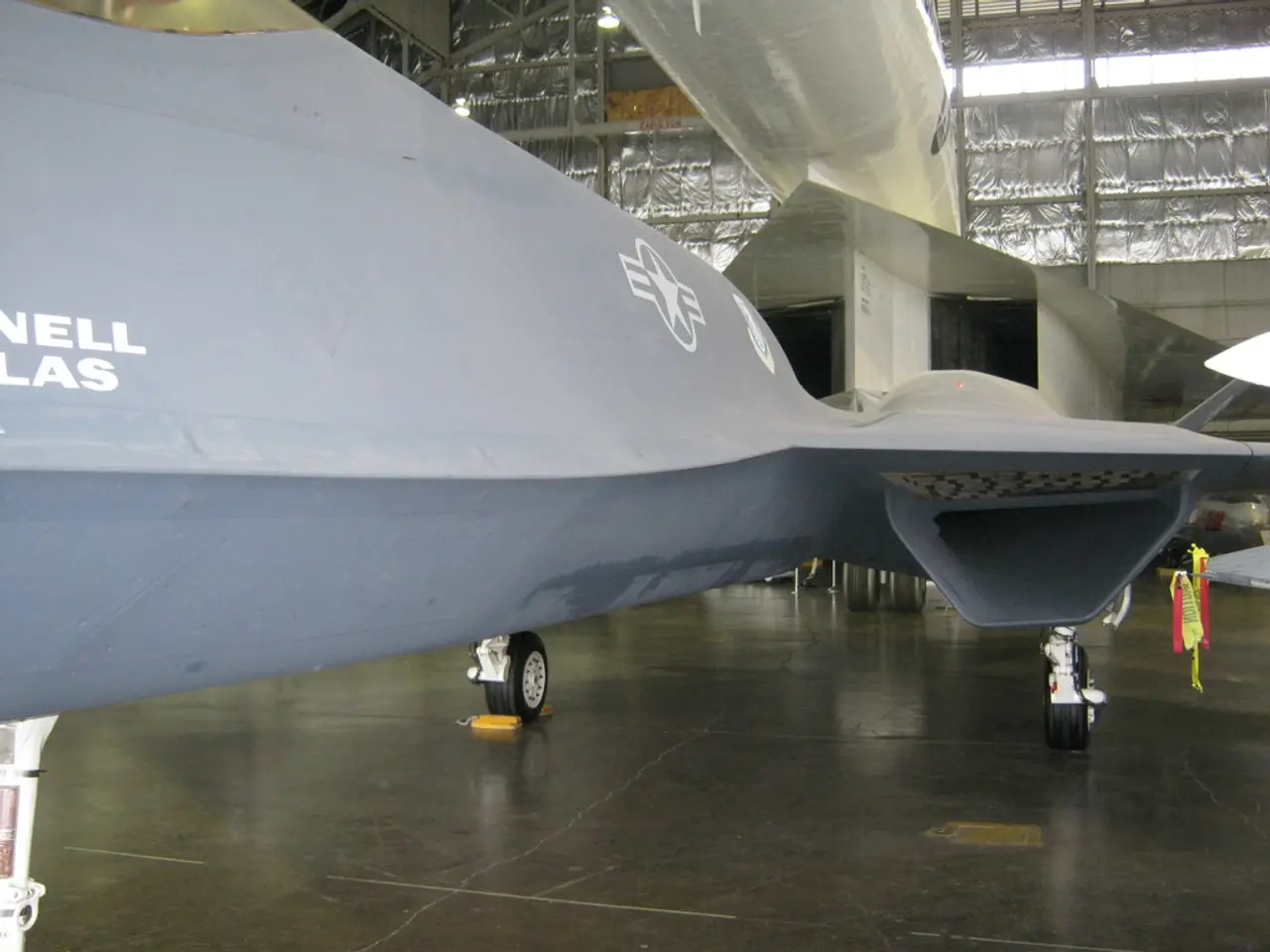Airborne Illness - Aviation Sector's Road to Recovery?
The global aviation industry is gradually recovering from the devastating impact of the COVID-19 pandemic, but the pace and extent of the recovery vary significantly across regions and market segments. In May 2025, global air travel demand grew by 5% year-over-year, signifying a sustained recovery in many parts of the world [1].
However, developed markets such as North America and Europe are experiencing more modest and stable growth, while regions like South Asia (notably India) and parts of Africa are witnessing double-digit capacity increases compared to pre-pandemic levels [2].
In North America, U.S. domestic air travel demand actually declined by 1.7% year-over-year in May 2025, marking the fourth consecutive month of contraction [1]. This is primarily due to economic uncertainty, inflation concerns, and reduced government travel. Despite a 2% increase in available seat kilometers, passenger load factors dropped by 3.1 percentage points, indicating that additional seats are not being filled as effectively as before [1].
Conversely, South Asia and Africa are leading the recovery, with India’s carriers expanding international networks and African markets like Morocco and Egypt seeing 10% higher capacity than in 2019 [2]. Southeast Asia and the Southwest Pacific are lagging in recovery due to persistent supply chain issues and weak demand, particularly in markets like Indonesia [2]. Latin America, after severe pandemic impacts, is witnessing strong capacity growth, mainly driven by low-cost carriers [2].
Financially, airlines that have managed capacity carefully are seeing improved profitability. For instance, United Airlines reported a pre-tax profit of $1.2 billion and an 8.2% margin in Q2 2025, attributed to disciplined capacity management and a focus on premium services and loyalty programs [3]. This suggests that airlines able to adapt their business models, particularly by enhancing ancillary revenue streams and premium offerings, are better positioned to weather ongoing economic headwinds.
Despite these pockets of strength, the broader economic environment remains challenging. Global economic growth is projected to slow to 2.5% in 2025, 0.5 percentage points below earlier estimates [4]. This softer macroeconomic backdrop, combined with persistent inflation and geopolitical tensions, continues to weigh on consumer confidence and corporate travel budgets, particularly in mature markets [1][4].
In conclusion, the aviation industry’s post-COVID recovery is increasingly bifurcated: emerging markets are surging ahead, while mature markets face persistent economic and operational challenges. Disciplined capacity management, premium service offerings, and robust loyalty programs are proving critical for airlines navigating this complex landscape [2][3]. While the sector has regained much of its momentum globally, full and uniform recovery remains elusive, with macroeconomic and geopolitical factors continuing to shape the pace and trajectory of the comeback [1][4].
References: [1] IATA (2025). Global Passenger Traffic Figures for May 2025. Retrieved from https://www.iata.org/en/economics/reports/passenger-traffic-data/ [2] Airline Business (2025). Recovery Trends: A Mixed Picture. Retrieved from https://www.airlinebusiness.net/analysis/recovery-trends-a-mixed-picture/ [3] United Airlines (2025). Q2 2025 Earnings Release. Retrieved from https://ir.united.com/news-releases/news-release-details/united-airlines-reports-second-quarter-2025-earnings [4] World Bank (2025). Global Economic Prospects: A Slower Recovery. Retrieved from https://www.worldbank.org/en/publication/global-economic-prospects-june-2025
Science plays a crucial role in the study of the aviation industry's recovery, particularly in understanding the reasons behind differing recovery rates across regions. For instance, health-and-wellness measures could help address concerns about safety and travel amidst COVID-19.
Financial strategies are essential for airlines in navigating the complex landscape of recovery. Economists and financial analysts need to closely monitor global economic growth projections, inflation rates, and geopolitical tensions to advise airlines on strategies to optimize profit margins, such as enhancing ancillary revenue streams and premium offerings.




